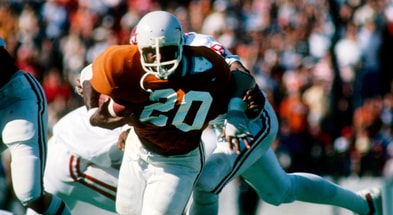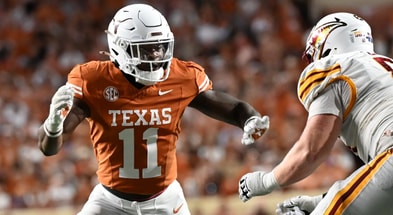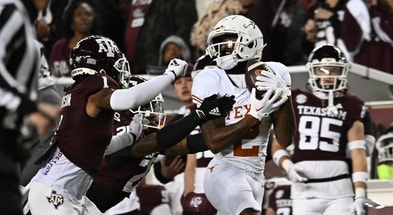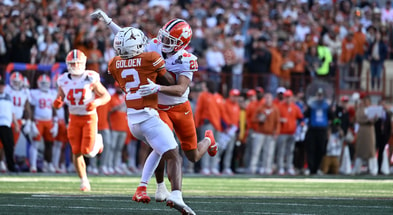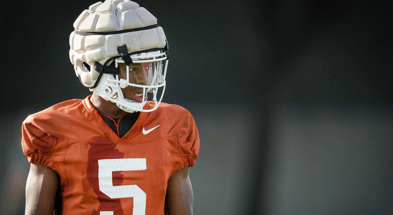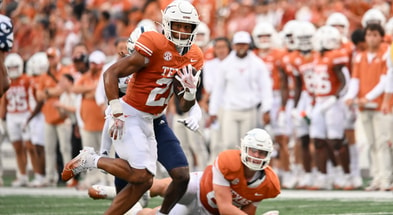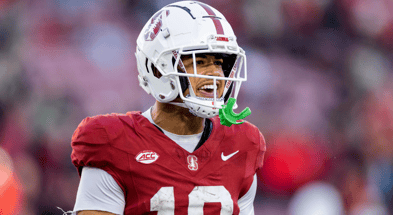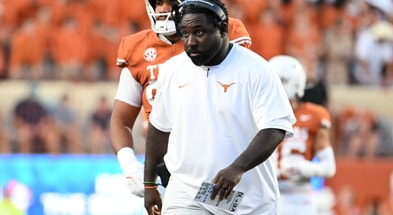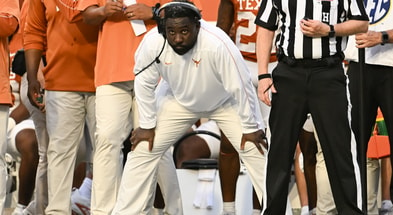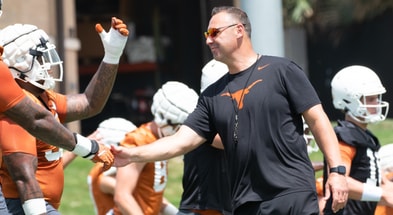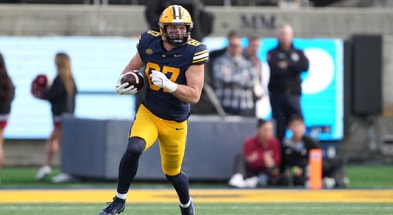Zone Run Schemes 201: Breaking Down Outside Zone

Let’s learn how the Outside Zone run concept is executed so we can understand our favorite game a little more.
[Join Inside Texas TODAY and get FOUR MONTHS for just ONE DOLLAR!]
Call Luxe Kitchen and Bath at 833-358-LUXE today or visit luxekitchenbath.com to discover where quality meets luxury and begin the process of transforming your home.
Zone schemes involve linemen moving in unison to control an area, unlike gap schemes which assign linemen to block specific defenders. This movement allows for flexibility and adaptability during plays.
Teams favoring zone schemes, especially outside zone, value its adaptability and the clarity it brings to player roles during recruitment and play design. It allows them to maximize execution by building around uniform principles.
Unlike what fans might expect, outside zone isn’t about the running back going outside. It’s defined by the offensive line moving laterally together before blocking, creating horizontal pressure on defenses.
Running backs in outside zone follow a progression of reads, often starting wide and cutting back depending on how defenders respond. They read key defenders to find the weakest point in the defensive line.
The center identifies the “mike” linebacker pre-snap to guide assignments, ensuring all linemen understand their roles. Communication is critical due to the fluid nature of blocking zones.
Top 10
- 1Breaking
Travis Hunter
drafted by Jags after blockbuster trade
- 2New
Joey Aguilar
expected to arrive early for Tennessee
- 3Trending
Shedeur Sanders
unveils in-home NFL draft room
- 4
Alijah Arenas
Video emerges after car wreck
- 5
Colorado legends
Call out Deion Sanders
Get the On3 Top 10 to your inbox every morning
By clicking "Subscribe to Newsletter", I agree to On3's Privacy Notice, Terms, and use of my personal information described therein.
Wider hash marks in college football make running to the wide side more feasible. However, outside zone is tougher from the shotgun formation due to angles and timing, which NFL formations better accommodate.
Texas uses motion and split flow — linemen move one way, while tight ends block in the opposite direction — to confuse defenses and create cutback lanes, maximizing yardage and misdirection.
Success in outside zone depends on the line’s lateral agility, footwork, and clear communication. Every lineman must understand and adjust their blocking assignments, often dynamically during play execution.
Join Inside Texas for Market-Leading Texas Longhorns Football coverage!
InsideTexas.com provides just what passionate Texas fans expect: Market-leading coverage of Longhorns athletics and recruiting.
Join the best Texas fan community and receive all the benefits that come with it:
- Elite team and recruiting coverage of the program you love
- Immediate access to any Longhorns break news
- Exclusive insider practice reports and year-round team info as well as board Q&A’s with IT staff
- High level discourse with the most passionate and informed Longhorns fans across multiple board forums.
- Market leading team analysis for those who are looking to increase their understanding of Steve Sarkisian and Pete Kwiatkowski’s preferred concepts
- So much more!
SIGN UP and ensure no Longhorns information gets by you: Join Inside Texas community today!
Talk about this story and many more with fellow Longhorn diehards on the Members Only forum.






